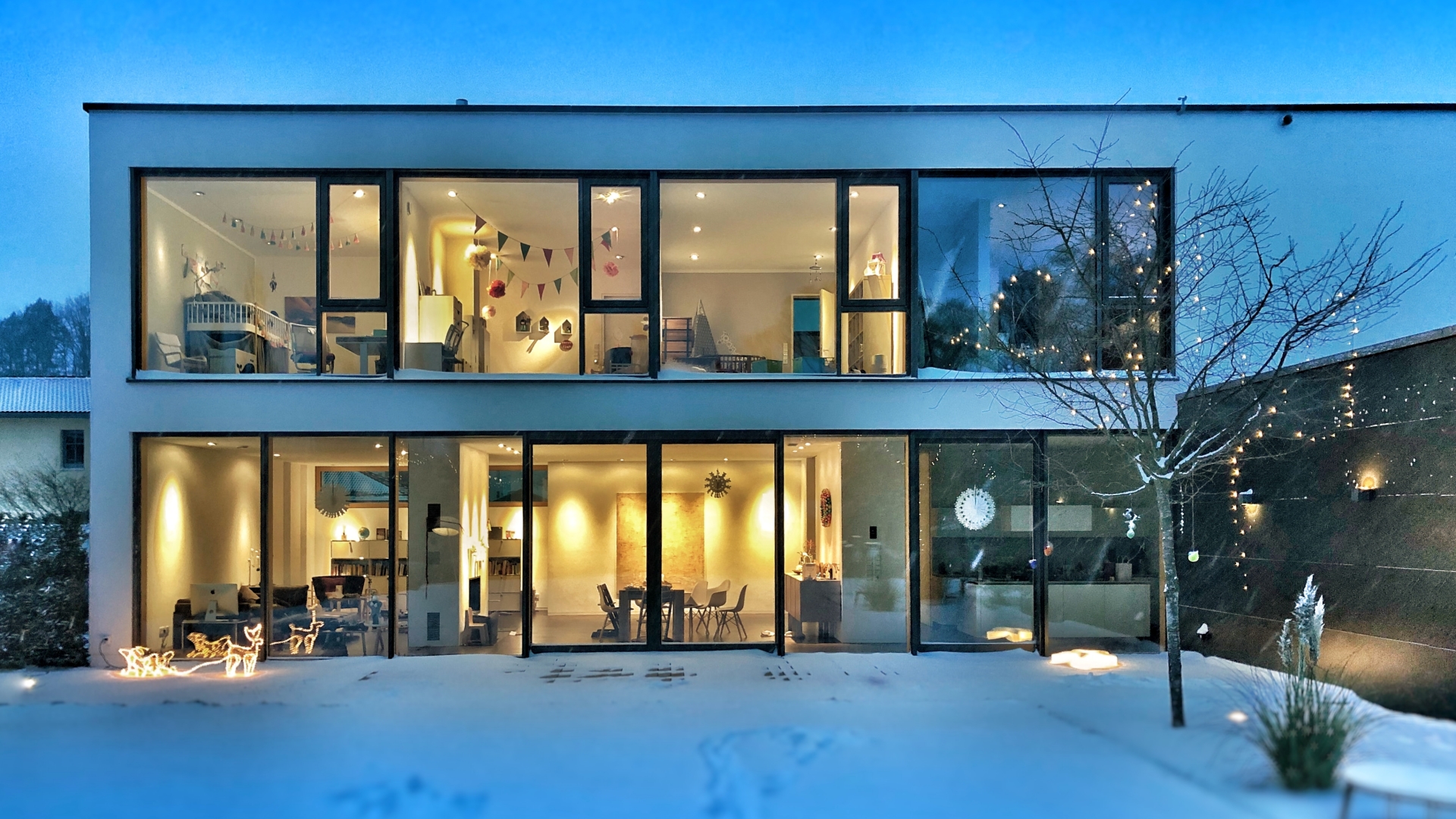
Minimalism today has been widely associated with exclusivity and simplicity in various artistic disciplines, such as art, interior design, and – mostly – architecture. But most of all, its philosophy has a great impact on a certain lifestyle, which is the Minimalist lifestyle.
Emerging after World War II in the 1960s to 1970s, Minimalism in art sought to strip away unnecessary elements and focus on simplicity and essential forms. In architecture, minimalism draws inspiration from diverse sources, including Japanese Zen Buddhism and influential art movements such as the cubist Bauhaus and De Stijl. This article will explore the origins of minimalism in art and its evolution into architectural design.
Minimalism as a lifestyle, has the principles of simplicity and uncluttered spaces extend beyond art and architecture and permeate everyday living. By examining the connections between minimalism in art, architecture, and lifestyle, we can gain a deeper appreciation for the profound impact this philosophy has had on our aesthetic sensibilities and the way we experience our physical surroundings.
Minimalism in Art and Architecture

The Minimalism movement in art began after World War II around the 1960s to 1970s. One of the pioneers of the movement, Ludwig Mies van der Rohe, had his designs known for his minimalist design while havings striking structures that are made to maximize the space and the feeling of openness. One of his most known designs/artworks could be seen in today’s modern furniture, which is the Barcelona chair and stool, and the Tugendhat chair.
While Minimalist art began after World War II, its architectural design motif can be traced back to the Japanese Middle Ages. Japan’s philosophy of Zen Buddhism is one of the prominent philosophies in the state and has influenced the citizen’s lifestyle – finding a profound beauty in simplicity and bareness. When looking at old Japanese structures – from homes and temples and gardens – minimalism, rather simplistic can be found.

But as time passes, the characteristics of minimalism evolved with the arrival of the cubist Bauhaus and De Stijl movements.
The cubist, Bauhaus, is a German artistic movement that ran from 1919-1933. His artworks were identified as abstract and angular with his use of simple shapes to make a striking visual with bits of ornamentation. While De Stijl, a circle of Dutch abstract artists, widely used strict geometry in their works. These two styles make use of striking shapes to fill the spaces and make statements.
Buildings today have incorporated minimalism in their architectural styles and interior style as it represents exclusivity and luxury. One of the notable minimalist condo designs can be found in Prague. From the exterior to the interior, the structure makes use of simplicity, space, and smoothness. Looking at the building and the interior itself creates a message of exclusivity.
Minimalism in Lifestyle

Minimalism for its aesthetics is deeply connected to the lifestyle. Its idea is to simply unclutter the space in your home and have the bare essentials. Its color palette mostly consists of a monochromatic palette of white, black, and gray, while paired with wooded floorings. Its furniture is characterized by simplicity in shape and clean lines, and its design has coherence in the home space. When looking at a minimalist interior design, one would find its furnishing well-built and comfortable. It offers an open space to let your creativity flow.
Minimalism in interior design and living embodies its concept of simplicity in both design and lifestyle. One of the famous minimalist lifestyle coaches called The Minimalists, explained the simplistic lifestyle of the philosophy which is not entirely limiting your material possessions but instead focusing on your passions. Living in a minimalist condo design does not mean having only a certain number of shirts, books, or even kitchen utensils. The minimalist lifestyle is “identifying what is essential in your life” and removing the rest in your home.
Minimalism in art and architecture has emerged as a powerful movement, challenging conventional notions of beauty and design. From its roots in post-World War II art to its influences from Japanese Zen Buddhism and iconic art movements like the cubist Bauhaus and De Stijl, minimalism has evolved into a distinctive design philosophy characterized by simplicity, clean lines, and a focus on essential elements. This aesthetic has found its way into contemporary architectural styles, with minimalist condo designs exemplifying exclusivity, luxury, and a sense of spaciousness. Moreover, minimalism extends beyond the realms of art and architecture, shaping a lifestyle that emphasizes uncluttered spaces, essential possessions, and a focus on personal passions. As we embrace minimalism, we can find beauty in simplicity, create harmonious living environments, and cultivate a deeper connection with the spaces we inhabit.











